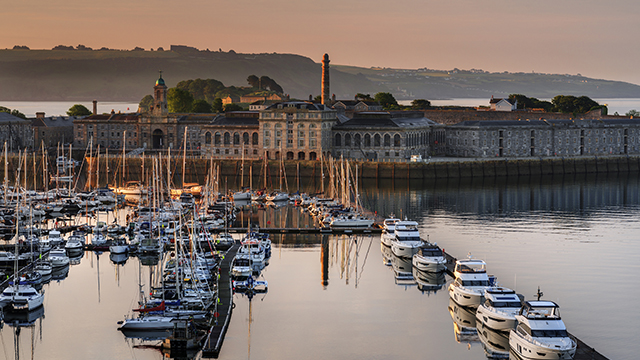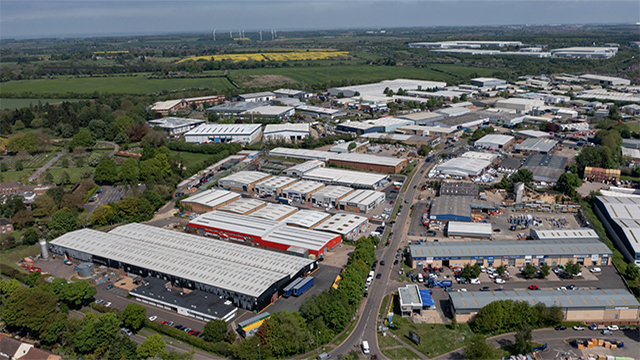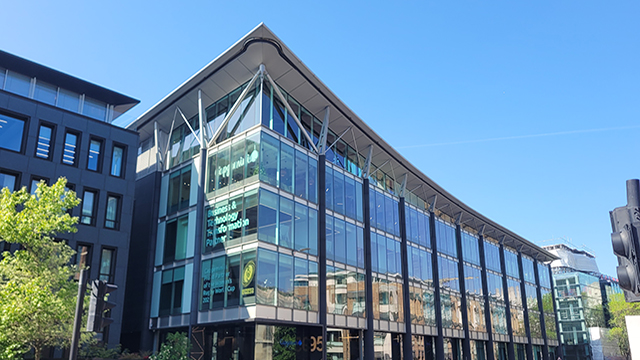Look beyond Christmas to understand the future of town centres
COMMENT: Christmas lights are being switched on across the country and presents are being bought – whether online or in stores – as people hope to have a Christmas more normal than the last.
Ultimately, it’s difficult to predict what the story of this Christmas shopping season will be – on one hand, consumer sentiment has largely remained resilient since emerging from lockdown, buoyed by pent-up savings and the confidence created by the vaccine roll-out.
But on the other hand, rising Covid concerns around the new omicron variant is creating uncertainty – and the mixed messages about our individual response is adding to that. When combined with inflationary pressures and the perennial factor of the great British weather, it may mean that spending does not reach the heights hoped for as businesses rebuild.
COMMENT: Christmas lights are being switched on across the country and presents are being bought – whether online or in stores – as people hope to have a Christmas more normal than the last.
Ultimately, it’s difficult to predict what the story of this Christmas shopping season will be – on one hand, consumer sentiment has largely remained resilient since emerging from lockdown, buoyed by pent-up savings and the confidence created by the vaccine roll-out.
But on the other hand, rising Covid concerns around the new omicron variant is creating uncertainty – and the mixed messages about our individual response is adding to that. When combined with inflationary pressures and the perennial factor of the great British weather, it may mean that spending does not reach the heights hoped for as businesses rebuild.
Lifeblood of communities
As important as the next few weeks are for individual businesses, the local authorities grappling to set a refreshed version for their high streets and town centres need to look beyond short-term issues.
High streets are the lifeblood of communities and have always had to be flexible and adapt to changing consumer preferences and habits. But evolution is a long-term, organic process, not a knee-jerk response to short-term pressures (even where those pressures accelerate pre-existing trends).
Many of our high streets and town centres are currently retail-led and this will need to change as the retail footprint continues to shrink and retail continues to evolve. One key shift we will see is a move from traditional retail to experiential retail, as businesses look to leverage experience over products – something that cannot be replicated online.
There’ll be a wider mix of activities along the high streets of the future – homes, community venues and amenities, alongside an office infrastructure whose evolution into higher quality and more flexible spaces has also been accelerated by Covid-19.
But there’s a danger in looking for quick fixes.
Piecemeal changes to planning through permitted development rights have spurred on changes of use on our high streets. But replacing a shop with a café or even an office serves no purpose if people are not drawn into the area or well served by it. Local authorities need to step back and articulate and re-assert a sense of place – defined and owned locally.
Where there are poor quality buildings, changing their use will merely perpetuate that lack of quality and short-change everyone in the local community.
And bringing buildings up to standard and retrofitting them to deliver on net-zero targets will involve close collaboration between tenants and landlords – underpinned and supported by policy incentives and levers such as the zero-rating of VAT on repairs and maintenance that the BPF has consistently called for.
Social infrastructure
It’s not just the bricks and mortar in towns that need careful planning. The transport and digital infrastructure to support businesses – and now, more than ever, homes – is essential to creating viable places with thriving local economies.
We also need policy that recognises the vital role that urban warehousing plays in meeting online shopping demands. The allocation of land for housing has restricted development of industrial space – just as a surge in e-commerce is pushing demand to record levels. The solution is a more creative approach to land intensification – such as multi-level or mixed-use warehousing – and policy that supports this.
Perhaps most important of all is the need for social infrastructure. Town and city centres are hubs of social interaction – safe, inclusive areas that will increasingly be pedestrianised with green spaces and buildings promoting health and wellbeing.
To finish where I started – shopping habits are continually evolving and will be part of reshaping our cities in the future. But the vibrant town centre of 2022 and beyond will need to be responsive to a far wider range of issues and require long-term thinking and visionary local leaders and property industry partners to deliver.
Melanie Leech is chief executive at the British Property Federation
Image © Geoffrey Swaine/Shutterstock











